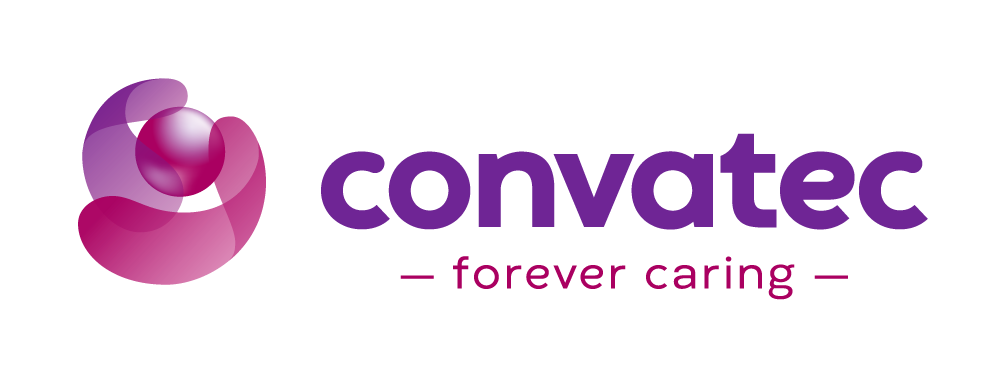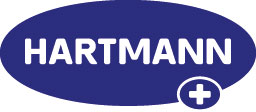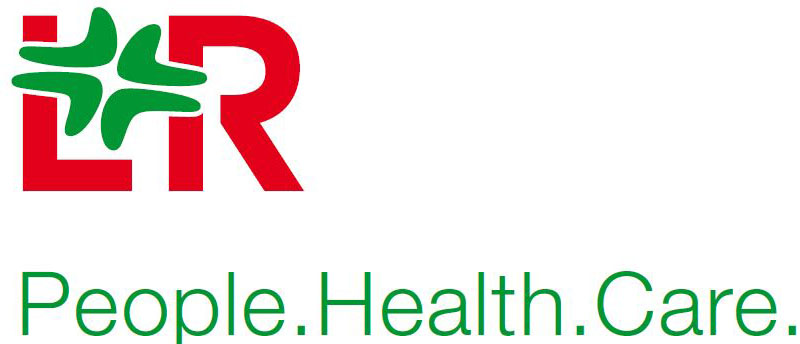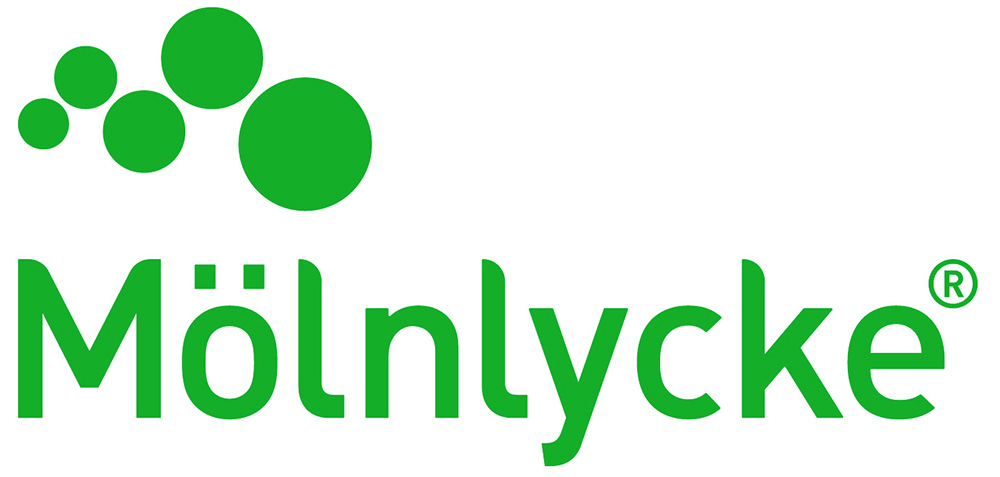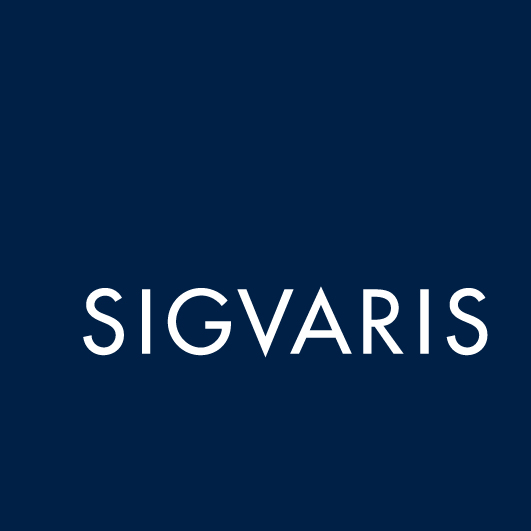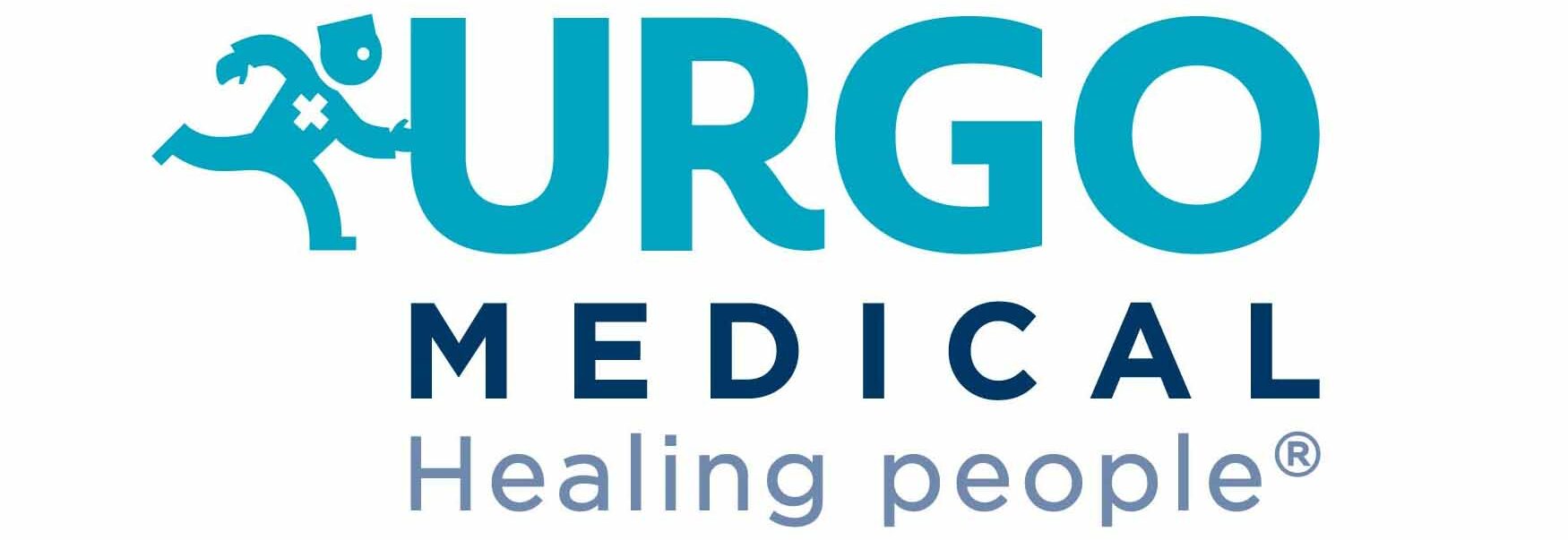Silvia Caggiari
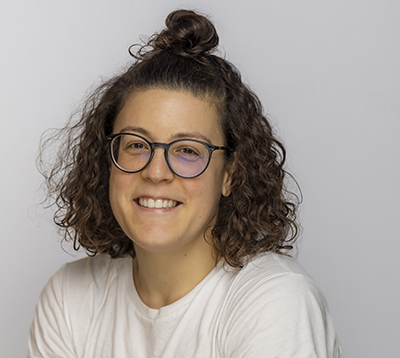
Silvia is a biomedical engineer by background and currently a Post-Doctoral Researcher at the University of Leeds. In 2016, Silvia joined the Skin Sensing Research group at the University of Southampton (UK) to undertake an iCase EPSRC PhD co-funded by Sumed International Ltd (Derbyshire, UK).
During her programme of research, Silvia demonstrated the use of continuous pressure moniroting systems as surrogate to detect movements and she developed a predictive algorithm to detect posture and mobility in individuals whilst lying or sitting for prolonged time periods, for the prevention of Pressure Ulcer. The algorithm was sucessfully translated to patients in acute care settings, e.g. spinal cord injured, offering the potential to inform effective personalised prevention strategies and self-management of posture and pressure ulcer risk.
In 2022, Silvia was appointed named researcher on the EPSRC funded project ‘Intelligent Sensing to Promote Self-management of Posture and Mobility in Community dwelling Individuals’ (2022-2025), where she led the technical development and bench to bedside testing for translation of pressure sensing technologies to address the unmet need of providing assistive technologies for promotion of self-management of posture, mobility, and pressure risk in both hospital and the community.
Silvia is also a member of the editorial board of the Journal of Tissue Viability and trustee of the European Pressure Ulcer Advisory Panel (EPUAP).
Presentation at The Society of Tissue Viability 2025 Conference
Overview of innovations and emerging technologies to detect posture, mobility and pressur ulcer risk in vulnerable individuals
Objectives
After attending this session, persons will be able to:
- Develop an understanding of how pressure monitoring technologies can support personalised patient care
- Understand these technologies are used in hospital and community settings
- Critique their strength and limitations in clinical studies of patients at risk of pressure ulcers
Abstract
There are a number of challenges in identifying prolonged periods of immobility in vulnerable individuals, with pressure monitoring technologies offering the potential to identify those at risk of developing pressure ulcers.
This presentation will provide an overview of innovation in technologies, including pressure monitoring systems, to assess posture and mobility in individuals spending prolonged periods in their bed and chair. This will include data from monitoring studies including individuals with Spincal Cord Injury, and a large multi-centre quality improvement project ‘PROMISE’.
Findings will show that both frequency, nature of movement and pressure exerted at the body/support surface interface have the potential to act as a predictor to the risk of pressure ulcers.
The potential for these technologies to support clinicians in their practice, as well as patients to self-manage and support shared decision making will be discussed.

